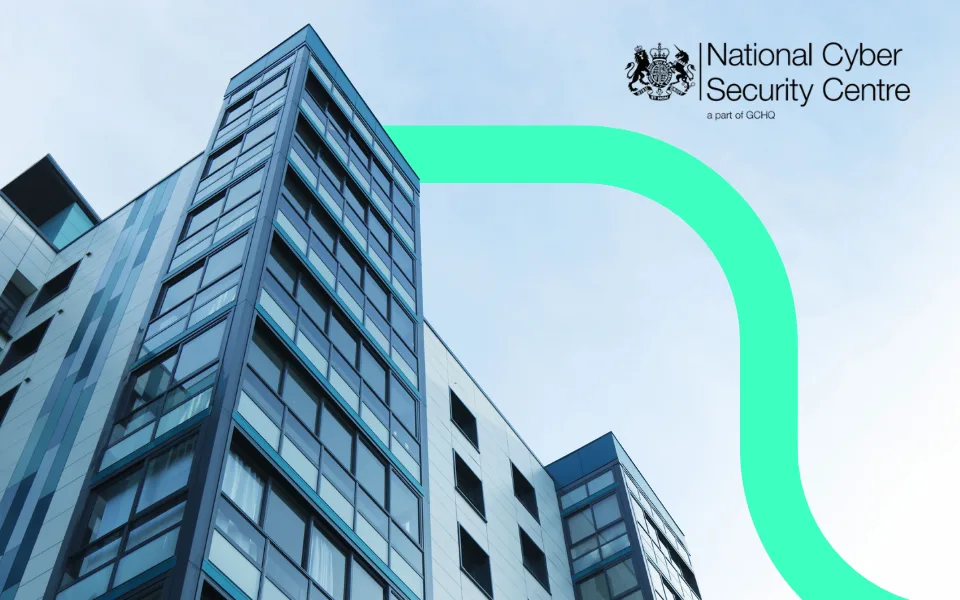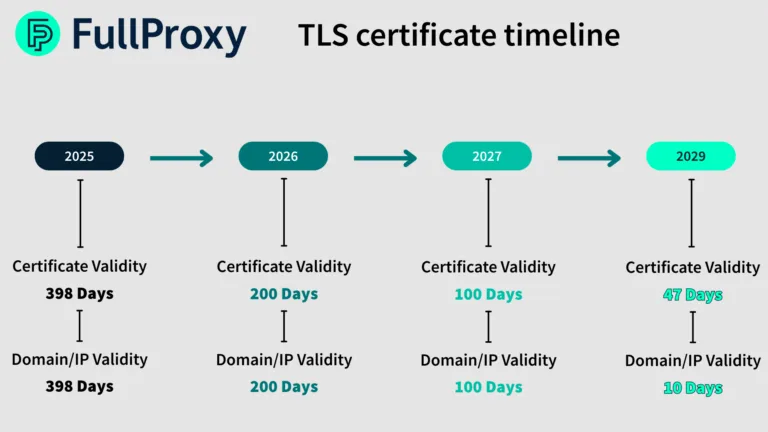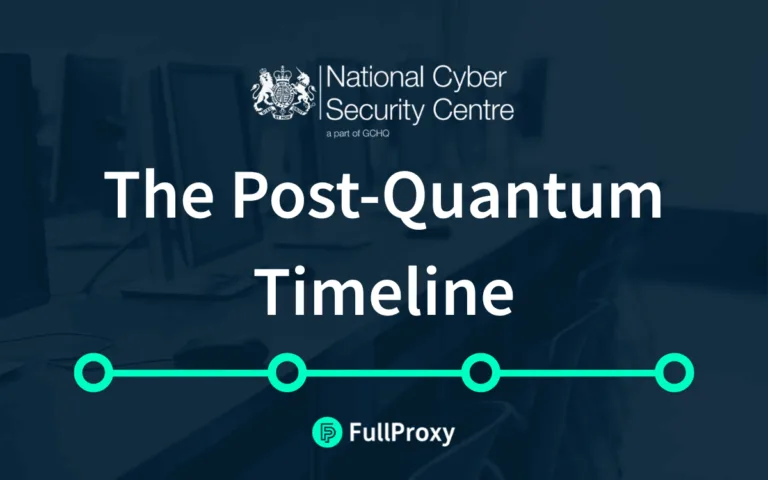The threat posed by future quantum computers is no longer theoretical. When these machines arrive (or sooner) today’s encryption systems will be at risk, as quantum algorithms such as Shor’s could break widely used public-key schemes. Experts speak of a looming “Q-Day”, and the UK’s National Cyber Security Centre (NCSC) has set out a clear, phased PQC roadmap we should all act on now.
If you’re asking “What is the NCSC PQC roadmap, and how should I prepare?” – this guide explains the three-phase timeline and gives you clear, actionable steps to start your quantum-safe migration

Why You Should Begin Your PQC Migration Now
Attackers may already be using a “harvest-now, decrypt-later” strategy, capturing encrypted data today with the aim of decrypting it in the quantum era. Yet fewer than half of businesses and public sector bodies are adequately prepared, and many still underestimate the threat.
The NCSC Post-Quantum Cryptography Roadmap: Three Phases
1. By 2028 – Define and Discover
You should complete a full cryptographic inventory, identify long-lived sensitive data, understand cryptographic dependencies across systems, suppliers and networks, and set migration goals with an initial roadmap.
2. 2028–2031 – Prioritise and Pilot
Begin carrying out high-impact migrations, prioritise critical systems, pilot post-quantum cryptography (PQC) and crypto-agile solutions, and refine your strategy as standards evolve.
3. 2031–2035 – Complete Migration
By 2035, all systems, services and products should be migrated to PQC.
The NCSC stresses that this timeline is not a prediction of when quantum computers will be able to break encryption; rather, it’s a sensible transition window to allow technologies to mature and to avoid a last-minute scramble.
How to Prepare for Post-Quantum Cryptography: Actionable Steps
1. Conduct a Full Discovery and Risk Assessment
- Catalogue every system that uses cryptography; databases, mobile applications, embedded devices, and networks.
- Identify long-lived data such as archived records and backups.
- Review third-party dependencies – are your vendors PQC-aware and committed to providing updates?
2. Define Your Strategy and Enable Crypto-Agility
- Set clear PQC migration objectives, a realistic timeline, and leadership oversight.
- Adopt crypto-agility; design systems that can switch or upgrade cryptographic algorithms without disruption to services.
3. Execute High-Priority Migrations (2028–2031)
- Replace outdated or vulnerable encryption with quantum-resistant options.
- Use pilot projects and controlled test environments to trial PQC integrations before a full roll-out.
4. Engage Your Supply Chain and Vendors
- Work closely with suppliers to ensure future or already-deployed devices will support PQC.
- Plan for firmware updates or replacement strategies, especially for resource-limited devices such as smart meters.
5. Establish Governance, Training and Awareness
- Keep PQC progress visible at board and senior management level.
- Provide training for cybersecurity teams and developers on PQC principles and migration tools.
6. Monitor, Reassess and Adapt
- Maintain a live cryptographic inventory – update it as new assets and changes are introduced.
- Stay aligned with evolving PQC standards, such as NIST-approved algorithms including CRYSTALS-Kyber and CRYSTALS-Dilithium.
Acting Early on PQC Migration Will Secure the Future
Preparing for PQC is a long-term, organisation-wide undertaking. By following the NCSC’s phased approach, conducting inventories and setting goals today, highlight upgrades in the near term, and completing migration by 2035. You are not only securing your systems for the quantum era but also strengthening your overall cyber resilience.
The quantum clock is ticking. Those that start now will be in the strongest position when the shift to PQC becomes an operational necessity.




